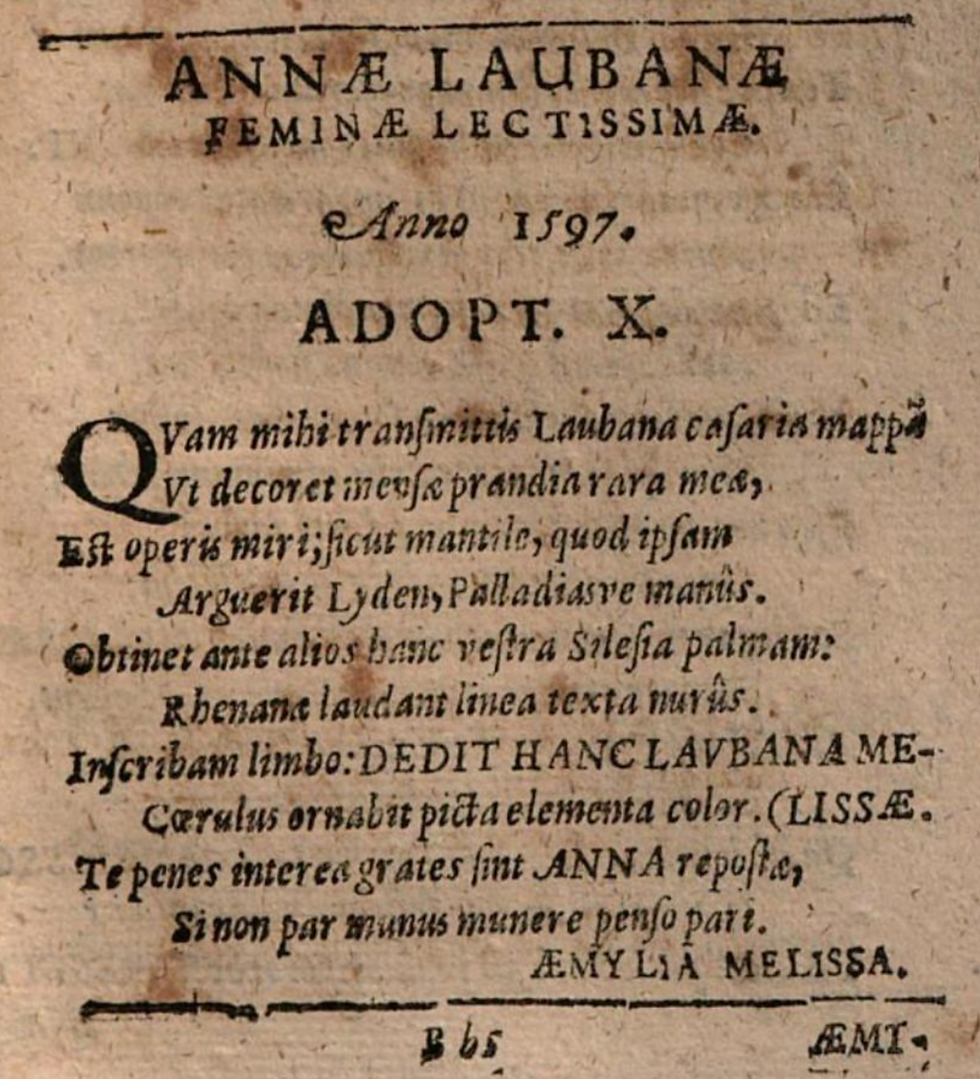Terence's Hecyra: Pre-Reading
- Skye Shirley

- Apr 10, 2018
- 3 min read
We're on to a new play this week! New writer, new characters, and new plot. I'm reading Hecyra since it was a key text on Professor Lech's Roman Comedy syllabus, and know little about it except that it tends toward the "she's married to her rapist after all!" happy ending of Roman comedy. Ick...
I hope I'm wrong, or that at least this will yield some interesting thoughts and discoveries. Since Terence is a writer I hadn't encountered often, I knew I needed to do some pre-reading. So I headed to the BC library and stocked up on books about him. I knew I wanted a mixture of Latin and English sources on Terence so that I could have a sense of his life both in my mother tongue and in the language of Hecyra before diving into his work.

Librīs collectīs, I dove in. I read English introductions of the commentaries, taking notes in Latin. Believe it or not, this is actually harder than reading Latin commentaries, because the Latin words aren't at the ready and so you are translating or summarizing into Latin (one of the most cognitively taxing parts of Latin work, I find). I also found that since there were certain features of Terence's life addressed by several authors, the notes got repetitive. But I could use the repetition, as can all learners!

I read:
- "The Life and Career of Terence," the introduction of S. Ireland's commentary on Hecyra (Aris & Phillips, 1990. pp. 1-4.)
- "Terence's Biography: External Evidence" from Walter Forehand's biography of the playwright (Twayne Publishers, 1985. pp. 1-8.)
- "Suetoniī: Vita Terentiī" from T.F. Carney's commentary on Hecyra (V & R Printers, 1963. pp. 5-17.)

From these, I learned that Suetonius wrote a life of Terence, and I knew I needed to check it out as well. After reading two English introductions, it was helpful to be able to stay within the language, even if there were a few words I looked up in Wagner or Forcellini.
I also felt more at liberty to creatively react to Suetonius' depiction of Terence because the topic of this blog relates to strategies I use in my high school classes. Little things like doodling Terence's appearance help a lot in remembering vocabulary and his attributes.
Suetonius is open about his sources for the biography, citing Cicero and Julius Caesar. Thankfully, these mini-biographical sketches by Suetonius' sources didn't go on for too long, though, as I was beginning to feel like I was reading what Carney said Suetonius said that Cicero said about Terence, which both brought me closer to the truth and farther away from it at the same time. It was like being in a painting of a painting of a painting... Time to get back to earth.

Finally, it came time to look up Vicipaedia articles on Terence and Hecyra, to wrap my head around the plot. A simple family tree seemed to do the trick, though as with many comedies, things are not always as they appear at first. Nevertheless, it was helpful to hear the plot described in simple Latin, before the added difficulties of a non-prose, vulgar Latin dialogue entered the picture in the form of the original text. Vicipaedia is a resource few of us use enough while striving to improve our Latin. Although I sometimes wonder how much the Latinitas of these crowd-sourced articles should be imitated, I do think that the main idea of getting as much comprehensible input as possible makes it worthwhile.

Since Gus is with me for the next assignment, and some of you might also want to follow along, I recommend that you, too, read the Vicipaedia article and get some books out from the library to get started. I've been sick the last few days, so I am a bit farther behind on Hecyra reading goals than I'd like, but expect to catch up later this week, with a post on Act 1, and another on Act 2 this weekend. Festino lente...




Comments